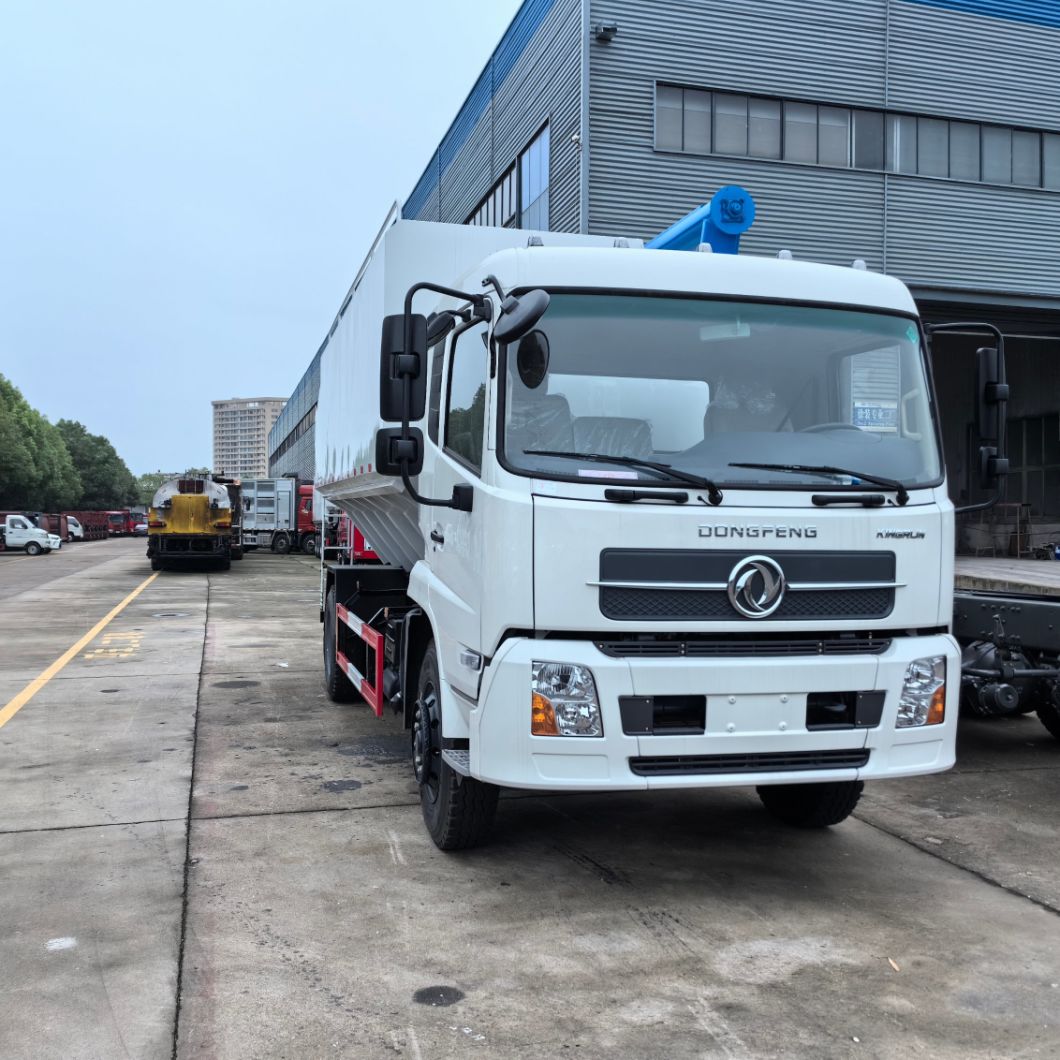Refuse compactor truck capacity is a critical aspect of any community or industrial operation. Proper disposal of waste is essential to protect the environment, public health, and comply with regulations. Vacuum trucks play a vital role in waste removal, especially in industries such as construction, mining, oil and gas, and municipal services. These specialized vehicles are equipped with powerful vacuum systems that can efficiently suck up various types of waste materials, including liquids, sludges, and solids.
One of the key challenges in waste management is tracking and reporting the disposal of waste collected by vacuum trucks. Proper reporting ensures transparency, accountability, and compliance with regulations. In this article, we will explore the importance of vacuum truck waste disposal reporting, the challenges involved, and best practices for efficient and effective reporting.
Importance of Vacuum Truck Waste Disposal Reporting
Accurate and timely reporting of waste disposal activities is crucial for several reasons:
1. Compliance with Regulations: Environmental regulations govern the disposal of various types of waste, including hazardous materials. Regulatory agencies require businesses and municipalities to keep detailed records of waste generation, transportation, and disposal. Failure to comply with these regulations can result in fines, penalties, and legal consequences.
2. Environmental Protection: Improper disposal of waste can have severe environmental consequences, such as water and soil contamination, air pollution, and harm to wildlife. By tracking and reporting waste disposal activities, organizations can ensure that waste is managed in an environmentally responsible manner.
3. Public Health and Safety: Some types of waste, such as hazardous chemicals or infectious materials, pose a significant risk to public health and safety if not handled properly. Reporting waste disposal activities helps identify potential risks and ensures that appropriate safety measures are in place.
4. Resource Management: Effective waste disposal reporting enables organizations to track the amount and type of waste generated, identify opportunities for waste reduction and recycling, and optimize waste management processes. This can lead to cost savings and improved resource efficiency.
Challenges in Vacuum Truck Waste Disposal Reporting
While reporting waste disposal activities is essential, it can be challenging for organizations, especially those with large-scale operations or multiple waste streams. Some common challenges in vacuum truck waste disposal reporting include:
1. Data Collection: Gathering accurate and comprehensive data on waste disposal activities, such as the type and quantity of waste collected, disposal locations, and disposal methods, can be time-consuming and labor-intensive.
2. Integration of Systems: Many organizations use multiple systems and software platforms to track waste disposal activities, such as fleet management systems, waste management software, and accounting software. Integrating these systems to ensure seamless data flow and reporting can be complex.
3. Regulatory Compliance: Keeping up-to-date with changing environmental regulations and reporting requirements can be a daunting task. Organizations must ensure that their waste disposal reporting practices align with regulatory standards to avoid compliance issues.
4. Lack of Standardization: There is a lack of standardized reporting formats and protocols for vacuum truck waste disposal reporting. This can lead to inconsistencies in reporting practices and make it challenging to compare data across different organizations or sectors.
Best Practices for Efficient Vacuum Truck Waste Disposal Reporting
To overcome the challenges associated with vacuum truck waste disposal reporting and ensure accurate and timely reporting, organizations can implement the following best practices:
1. Centralized Data Management: Establish a centralized database or software platform to store and manage all waste disposal data. This can streamline data collection, improve data accuracy, and facilitate reporting and analysis.
2. Standardized Reporting Procedures: Develop standardized procedures and templates for recording and reporting waste disposal activities. This will help ensure consistency in reporting practices and make it easier to track and analyze data.
3. Real-time Monitoring: Implement real-time monitoring technologies, such as GPS tracking systems and sensors, to track the movement of vacuum trucks, monitor waste disposal activities, and capture data on-the-go. This can enhance data accuracy and enable organizations to respond quickly to any deviations from the plan.
4. Employee Training: Provide training to employees involved in waste disposal activities on proper data collection and reporting procedures. Ensure that all staff members understand the importance of accurate reporting and are equipped with the necessary skills and knowledge to fulfill their reporting responsibilities.

5. Regular Audits and Reviews: Conduct regular audits and reviews of waste disposal data to verify its accuracy and completeness. Identify any discrepancies or anomalies and take corrective actions to ensure data integrity.
6. Collaboration with Stakeholders: Collaborate with regulatory agencies, waste disposal service providers, and other stakeholders to ensure alignment with reporting requirements and standards. Establish clear communication channels and partnerships to facilitate data sharing and reporting.
Conclusion
Effective waste disposal reporting is essential for organizations to manage waste responsibly, protect the environment, and comply with regulations. Vacuum trucks play a crucial role in waste removal, and reporting their waste disposal activities accurately is key to ensuring transparency and accountability. By implementing best practices such as centralized data management, standardized reporting procedures, real-time monitoring, and employee training, organizations can streamline their waste disposal reporting processes and enhance their overall waste management practices. Ultimately, efficient waste disposal reporting contributes to sustainable waste management practices and a cleaner, healthier environment for all.
